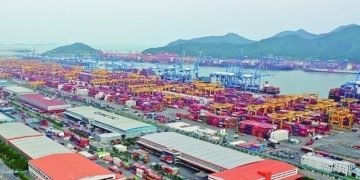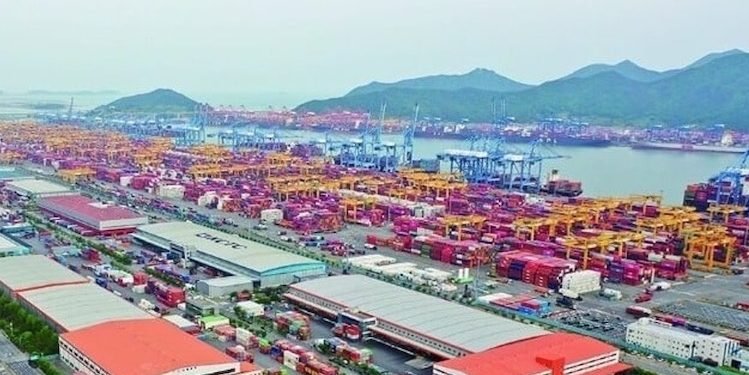By Eva Richardson | The Logistic News
April 15, 2025
South Korea’s Port of Busan, the sixth-busiest container port in the world, is taking a transformative leap forward by integrating a metaverse-based logistics command platform, driven by artificial intelligence. This cutting-edge initiative is not merely a digital twin—it’s a fully immersive, real-time operational environment designed to optimize port activity, reduce emissions, and set a new benchmark for maritime efficiency.
The platform, which fuses 3D simulation, AI analytics, and IoT data, is the result of a multi-year investment by the Busan Port Authority in partnership with local tech firms and South Korea’s Ministry of Oceans and Fisheries. It aims to deliver real-time operational visibility, dynamic resource allocation, and scenario-based planning—all inside a shared virtual infrastructure.
“This is more than a digital mirror. It’s a living, learning system that enhances how we plan, manage, and respond across the entire port environment,” said Hyun-woo Park, Smart Port Director at Busan Port Authority.
A New Operational Reality
The logistics metaverse is equipped with high-resolution spatial mapping of every container yard, terminal, and berth. It allows stakeholders—including terminal operators, shipping lines, and customs agencies—to:
-
Visualize container movements in real time
-
Simulate crane deployment and berth planning
-
Monitor vessel traffic with predictive algorithms
-
Trigger AI-powered alerts for bottlenecks and equipment faults
-
Test emergency response protocols in a virtual sandbox
Through a single immersive interface, decision-makers can assess scenarios such as labor disruptions, adverse weather events, or congestion, and make proactive adjustments before issues escalate.
Sustainability as a Central Objective
One of the primary drivers behind the platform is environmental stewardship. By combining machine learning with live operational data, the port can now:
-
Predict and reduce carbon emissions from vessel idling
-
Optimize equipment energy consumption
-
Improve turnaround time, thereby cutting fuel usage
-
Benchmark performance against Korean and IMO emission standards
Preliminary data from pilot runs suggest the platform could cut port-related emissions by up to 20% over the next two years, while improving overall container throughput by 15%.
“We’re proving that digitization is not the opposite of decarbonization—it’s the catalyst,” said Dr. Yoon Min-jung, a sustainability analyst at Korea Maritime Institute.
A Blueprint for Global Ports?
The international logistics community is watching Busan closely. Port authorities from Rotterdam, Hamburg, Dubai, and Los Angeles are reportedly reviewing the model, with several planning joint working groups on metaverse port replication and AI integration.
While many ports are still navigating early-stage digitization, Busan’s leap into immersive coordination may redefine industry expectations. Experts say the shift represents not just an upgrade in tools, but a change in mindset—from reactive control to predictive orchestration.
Conclusion
In a sector where efficiency is often measured by seconds and meters, the Port of Busan’s AI metaverse represents a visionary convergence of technology and logistics. As ports worldwide grapple with capacity, climate goals, and geopolitical complexity, Busan has positioned itself at the forefront—where the physical and digital world not only connect, but collaborate.
Eva Richardson is a senior correspondent at The Logistic News, reporting on smart logistics, maritime digitization, and the global evolution of tech-driven supply chains.























